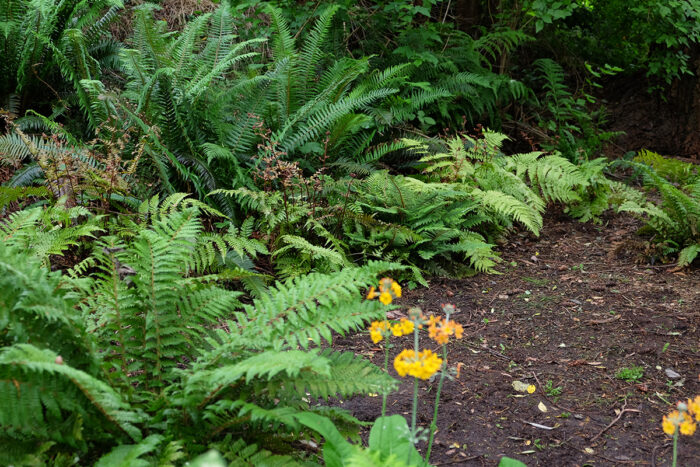
In the past three years I have become a firm fan of ferns. The fiddleheads, which emerge in spring, are very subtle and primeval in shape. They draw you back every couple of days to see the progress of the unfurling fronds. The variety and size of the ferns we can grow here are less than those of the giant ferns of the tropics, but they are nevertheless quite remarkable and have several uses in the garden.

Unbeatable textural contrast
I like to use ferns in shade garden plantings where the rough textures can contrast with other soft colors and textures. Take a look at the contrast in textures between Chilean hard fern (Blechnum chilense, Zones 7–9) and ‘Hillside Black Beauty’ bugbane (Actaea ‘Hillside Black Beauty’, Zones 4–8) in the photo above. Both of these plants take full to partial shade.
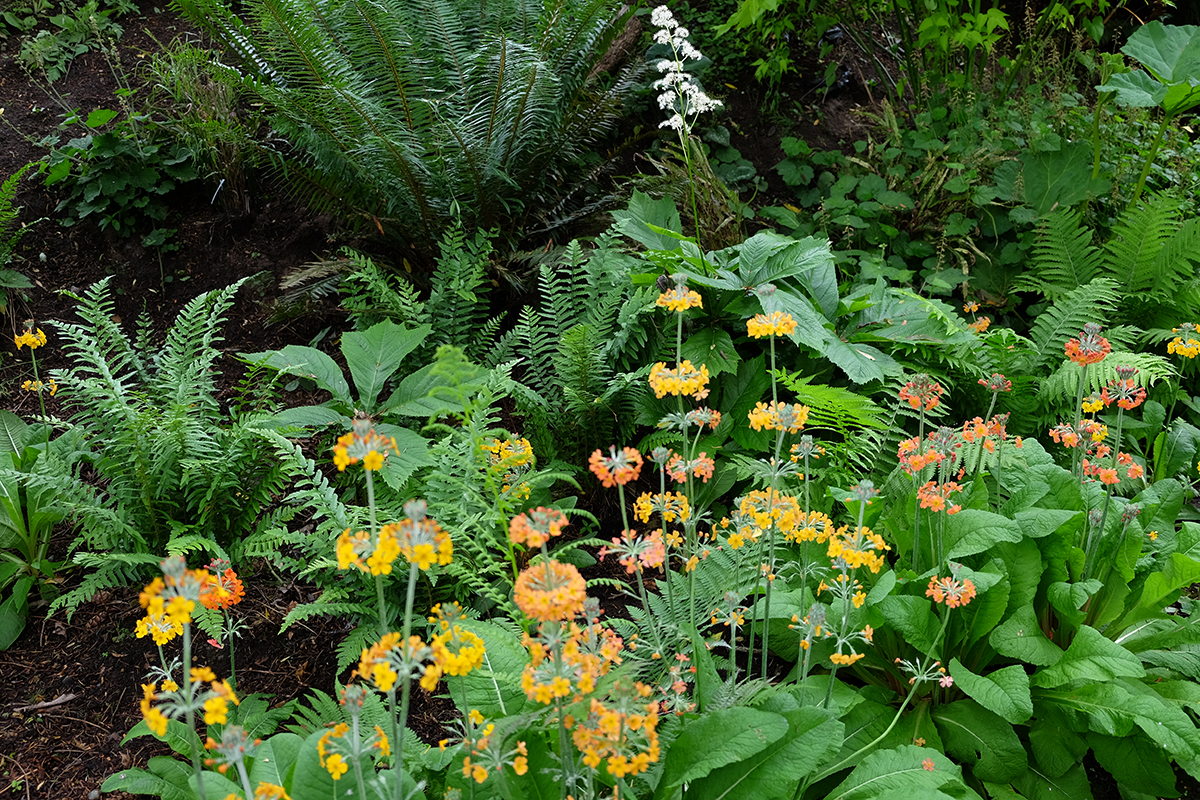
A firm backdrop for bigger stars
Ferns also look great when grouped together in a fern-only garden or as a main part of a tropical or shade garden. I used them as a base in my stream-side garden to contrast with rarer plants and plants with more color, such as candelabra primrose (Primula bulleyana, Zones 5–8) and variegated petasites (Petasites japonicus ‘Variegata’, Zones 5–9).
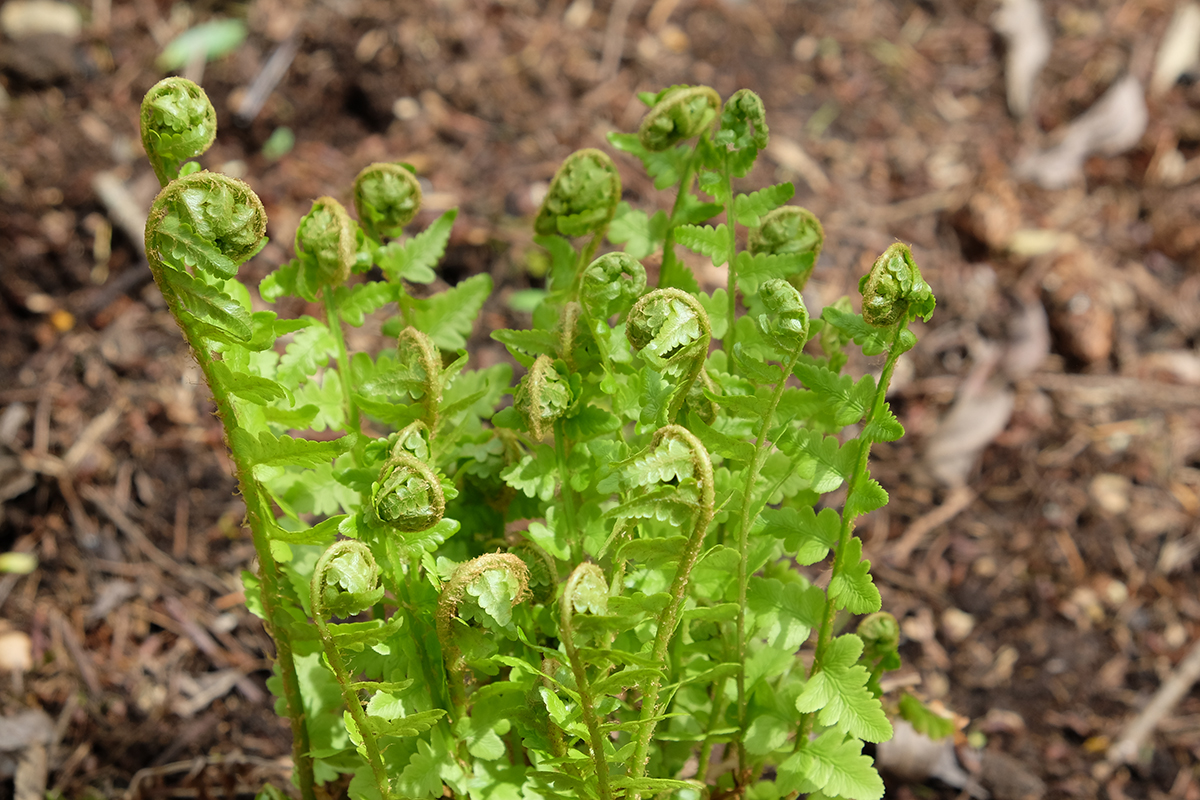
Top-performing favorites
Here are a few of my favorite ferns for the Northwest: Robust male fern (Dryopteris filix-mas ‘Undulata Robusta’, Zones 4–9) reaches 3 feet tall and can grow in shade or sun. Ostrich fern (Matteuccia struthiopteris, Zones 3–8) grows 3 to 6 feet tall and prefers shade and moist soils. Jeweled chain fern (Woodwardia unigemmata, Zones 8–10) can grow from 3 to 7 feet wide in shade.

Easy annual maintenance
Many ferns are evergreen, and sometimes the new leaves are masked by the rough remaining foliage. Just like with hellebores (Helleborus spp. and cvs., Zones 4–9) and epimediums (Epimedium spp. and cvs., Zones 4–9), these ferns can be trimmed back to reveal the next round of emerging foliage. Several ferns can grow in more sun, with less water, as ground covers and can maintain smaller sizes. Explore these amazing plants that can take on many roles in garden design.
Check out these articles to learn more about unique fern species:
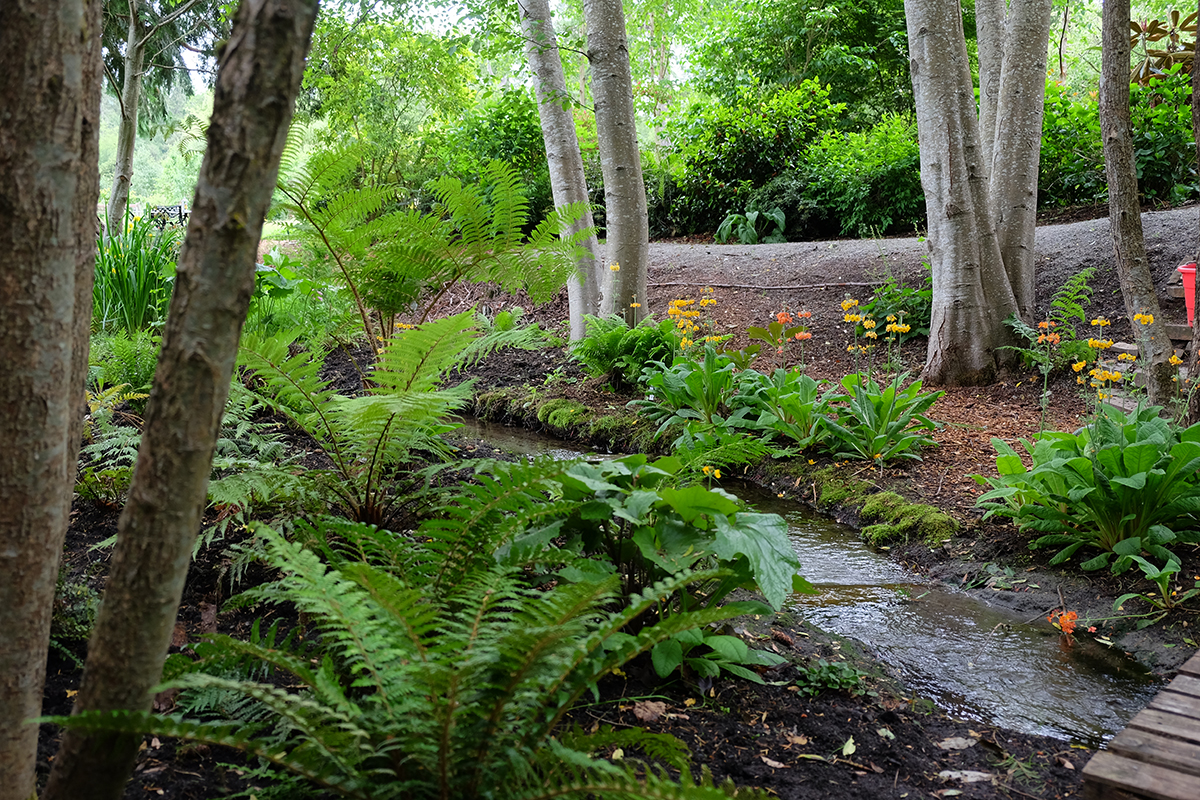
An update on my fern overwintering project
I’ve previously written about my attempts to overwinter my marginally hardy tropical ferns in the ground. For these Tasmanian tree ferns (Dicksonia antarctica, Zones 9–11), I chose to dig three of them out to overwinter in the greenhouse and leave three in the ground in my stream-side garden with insulation to protect them. I’m happy to say that the three in the garden have made it through with flying colors—or should I say unfurling fronds? I was so excited to see the firm crowns and emerging fiddleheads in March.
My ferns grow in open shade with high branches overhead. But without leaves on the deciduous trees, heavy frost can get into the glades. After winter, several mature fronds were still attached to the plants and looking a little ratty but still green and viable. I left the ferns wrapped until the new fronds had visible green growth showing. The ones in the greenhouse were put back into the tropical garden in mid-May and are doing well with a good crown of fronds. The ferns that overwintered in the greenhouse are a little further along than the overwintered ones in the stream-side garden, but those ones are not that far behind.
—Susan Calhoun is the owner of Plantswoman Design in Bainbridge Island, Washington.
Fine Gardening Recommended Products

ARS Telescoping Long Reach Pruner
Fine Gardening receives a commission for items purchased through links on this site, including Amazon Associates and other affiliate advertising programs.

The Nature of Oaks: The Rich Ecology of Our Most Essential Native Trees
Fine Gardening receives a commission for items purchased through links on this site, including Amazon Associates and other affiliate advertising programs.

Berry & Bird Rabbiting Spade, Trenching Shovel
Fine Gardening receives a commission for items purchased through links on this site, including Amazon Associates and other affiliate advertising programs.


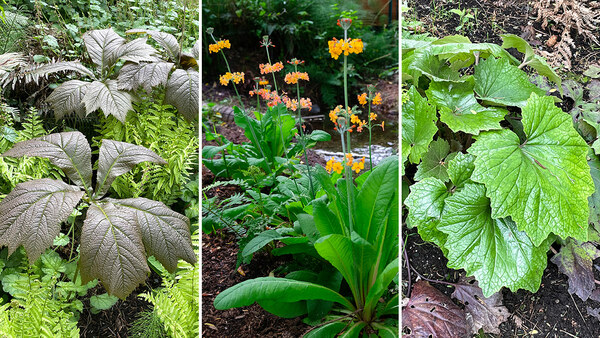
















Comments
Log in or create an account to post a comment.
Sign up Log in